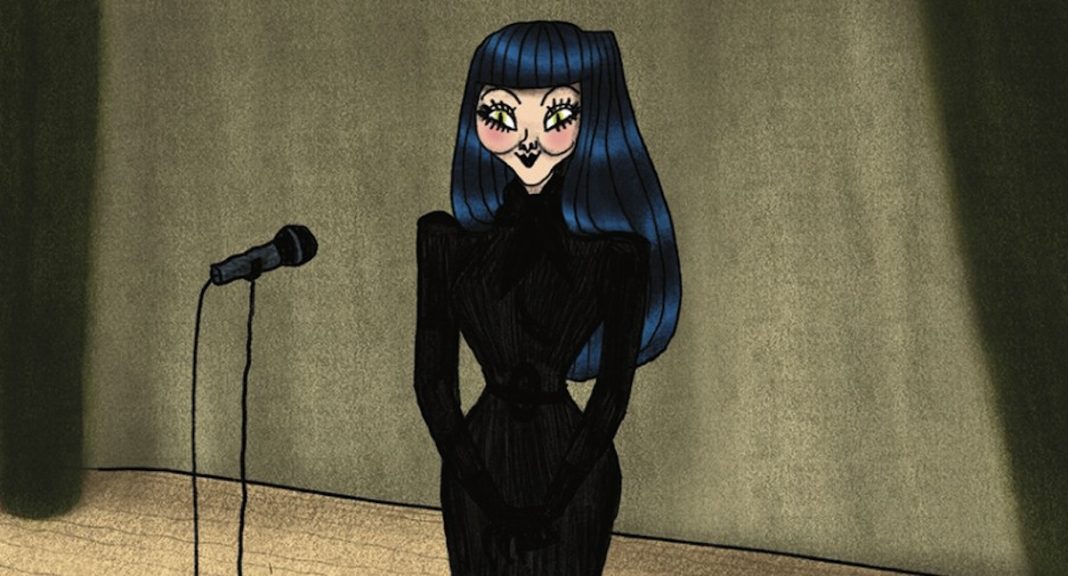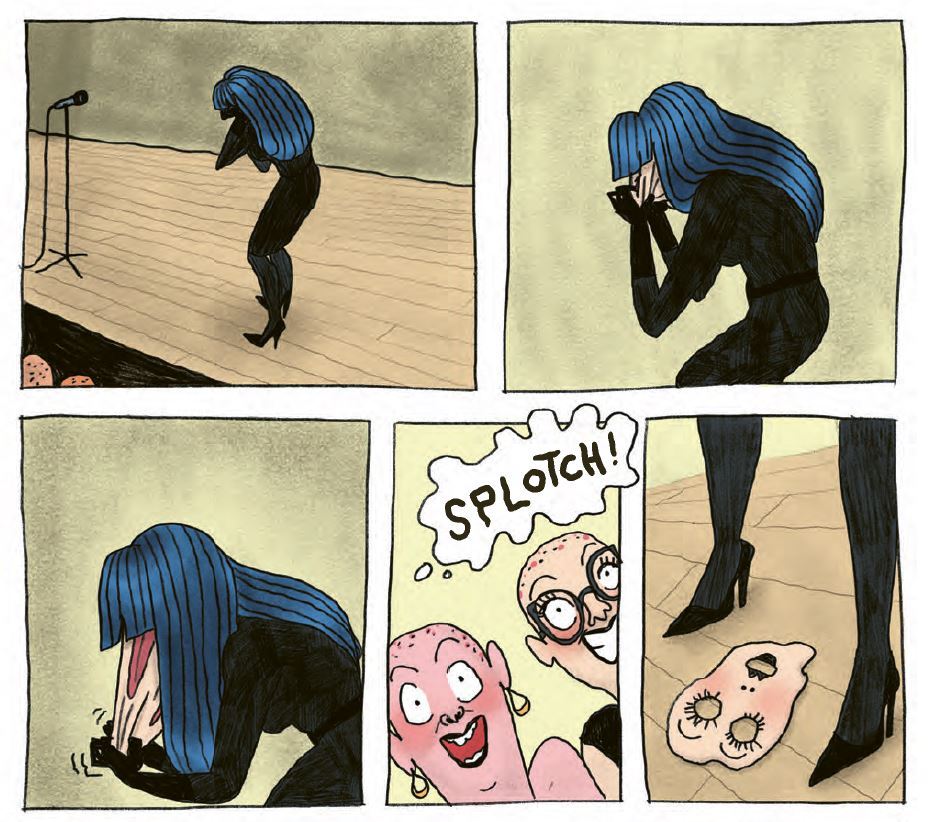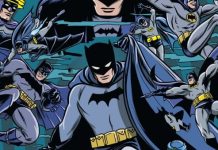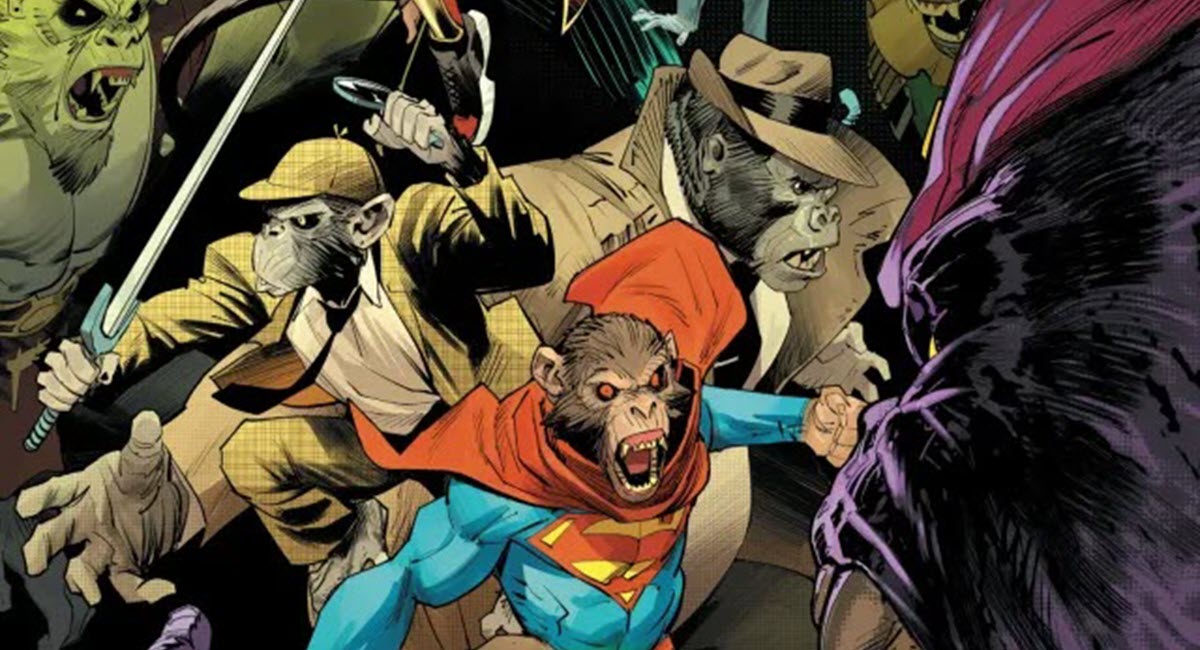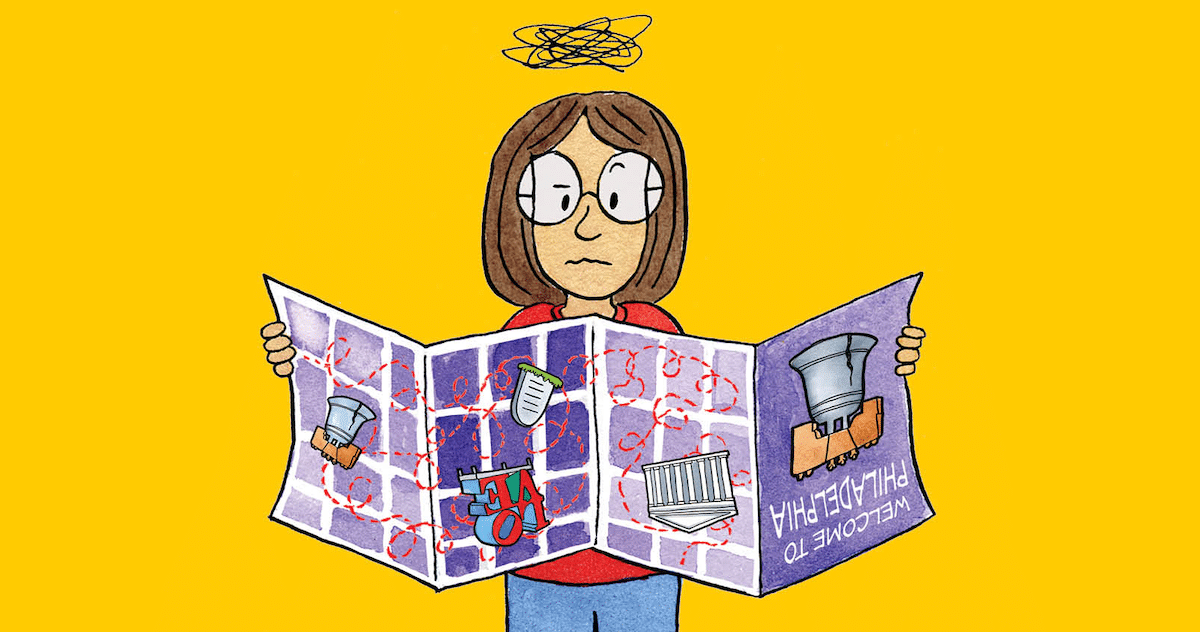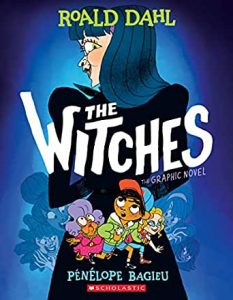
In the world of The Witches by Roald Dahl, children are in great danger from the threat of the machinations of the titular witches. Like all of Dahl’s stories, The Witches offers a world where readers can often feel as though the guardrails have been removed, and find themselves wondering whether the protagonists will make it out alive – and Pénélope Bagieu has faithfully captured this sense of danger in her graphic novel adaption of Dahl’s classic children’s book.
Roald Dahl’s The Witches
The Witches prose novel was originally published in 1973 – one of Dahl’s many seminal, incredibly popular children’s books (you may have also heard of some of his other obscure works, like The BFG, James and the Giant Peach, and Charlie and the Chocolate Factory, just to name a few). Dahl himself is not without controversy, however; in 2014, the Royal Mint declined to produce a coin commemorating the centennial of his birthday because of his antisemetic views.
Dahl’s work is no stranger to adaptation, especially for the big screen. In 1971, an adaptation of Willy Wonka and the Chocolate Factory starring Gene Wilder was a genuine worldwide phenomenon (and cast a cultural shadow so long, the movie was even referenced in 2017’s Thor: Ragnarok).
In fact, The Witches itself has even been previously adapted, having been made into a movie in 1990 in which Anjelica Huston played the villainous Grand High Witch. And on top of all that, a new onscreen adaption, directed by Robert Zemeckis and with Anne Hathaway in the role of the Grand High Witch, is reportedly in the works.
Wise choices in adaption
One of my favorite decisions in Bagieu’s graphic novel adaption of The Witches is the decision to leave Grandmamma’s cigar intact. While some children’s comics prefer to present readers with a more sanitized version of the world – one where bad behavior like smoking is entirely eradicated, even though kids may see that same bad behavior modeled by strangers on the street (or even tobacco-smoking members of their own family) – The Witches does not shy away from including some of these rough edges. In fact, one exceptionally appealing sequence shows a story told by Grandmamma shrouded in cigar smoke.
Part of the appeal of Dahl’s writing has always been that it did not conceal these sorts of realities from young readers. While other writers might be content to spin a story that assures children that all adults are a source of authority that should be obeyed without question, Dahl’s work never shies away from including grown-up characters of dubious morality, or demonstrating the disturbing fates that can befall children who run afoul of the aforementioned monsters.
Bageiu ensures that this philosophy carries through to her graphic novel adaptation of The Witches. The Grand High Witch (and the witches who serve her) are depicted as menacing and merciless, and in spite of their best efforts, the heroes of the story are unable to defeat them without being indelibly marked by the experience.
Familiar but distinct art
It is impossible to talk about the original version of The Witches (or any of Dahl’s other books, for that matter) without mentioning the illustrations of Quentin Blake. While Bagieu says that she did base her initial character designs off of Blake’s artwork, she then made the characters entirely her own. This ownership is evident throughout the narrative, from the horrifying monstrosity that is the Grand High Witch without her mask on to the energetic, expressive antics of Bagieu’s singular interpretation of Grandmamma.
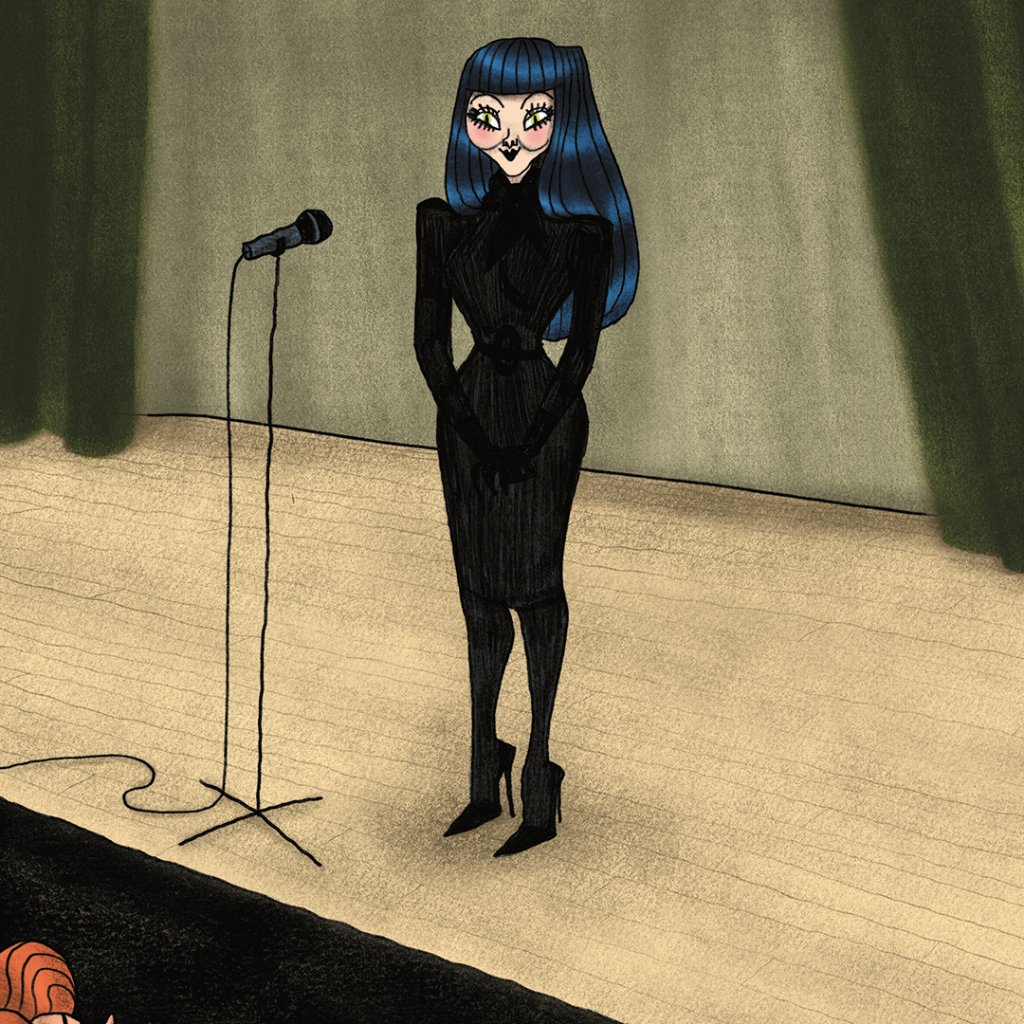
Another element of the art in The Witches that I particularly admired was Bagieu’s use of blank space. Throughout the graphic novel, blank spaces are deployed to great effect on pages that are otherwise filled with panels, using the negative area to emphasize the artwork and create some truly magical moments on the page.
Adapting prose
This isn’t the only graphic novel adaptation of a previously released prose novel from Scholastic’s Graphix imprint. The ongoing graphic novel adaptations of The Baby-Sitters Club series by Ann M. Martin have been wildly successful, allowing cartoonists like Raina Telgemeier, Gale Galligan, and Gabriela Epstien the chance to share their interpretation of the beloved stories with readers. And coming up in October, the first entry in Chris Grine’s graphic novel adaptations of Animorphs, based on the prose series by “the entity known as” K.A. Applegate, will be released.
For those of us who are familiar with the source material on which these graphic novel adaptations are based, part of the appeal lies in getting to see the interesting ways the familiar stories are interpreted by the talented cartoonists. For example, Bagieu, a self-professed Dahl fan, even goes so far as to include references to other books in Dahl’s oeuvre in The Witches (although I don’t want to spoil the surprise with any specifics, be on the lookout for a reference to a story that holds a special place in my heart, Matilda).
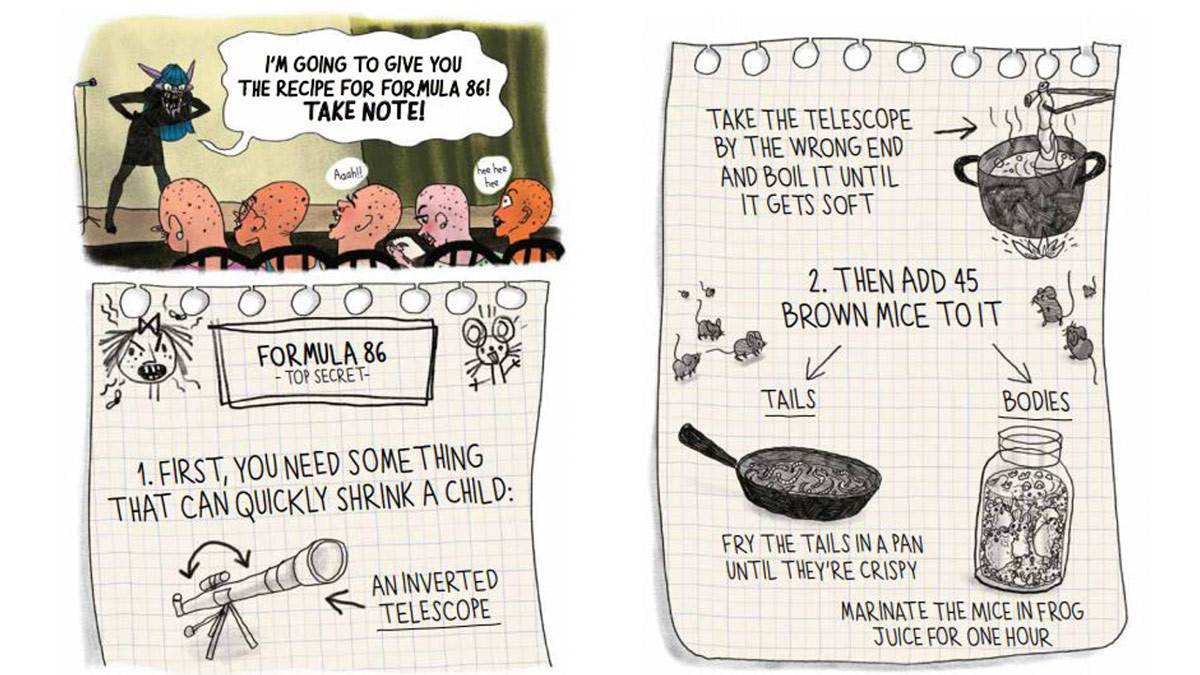
However, even those without a previous association with Dahl’s work will find The Witches to be an enjoyable and accessible read, demonstrating the value in these Graphix adaptations – which will hopefully be followed by many more in kind (and I defy anyone to close The Witches and not be left hoping Bagieu will grace us with additional adaptations in the future).
The Witches: The Graphic Novel was translated from French by Montana Kane and is available right now at a nearby bookstore or at your local public library.


